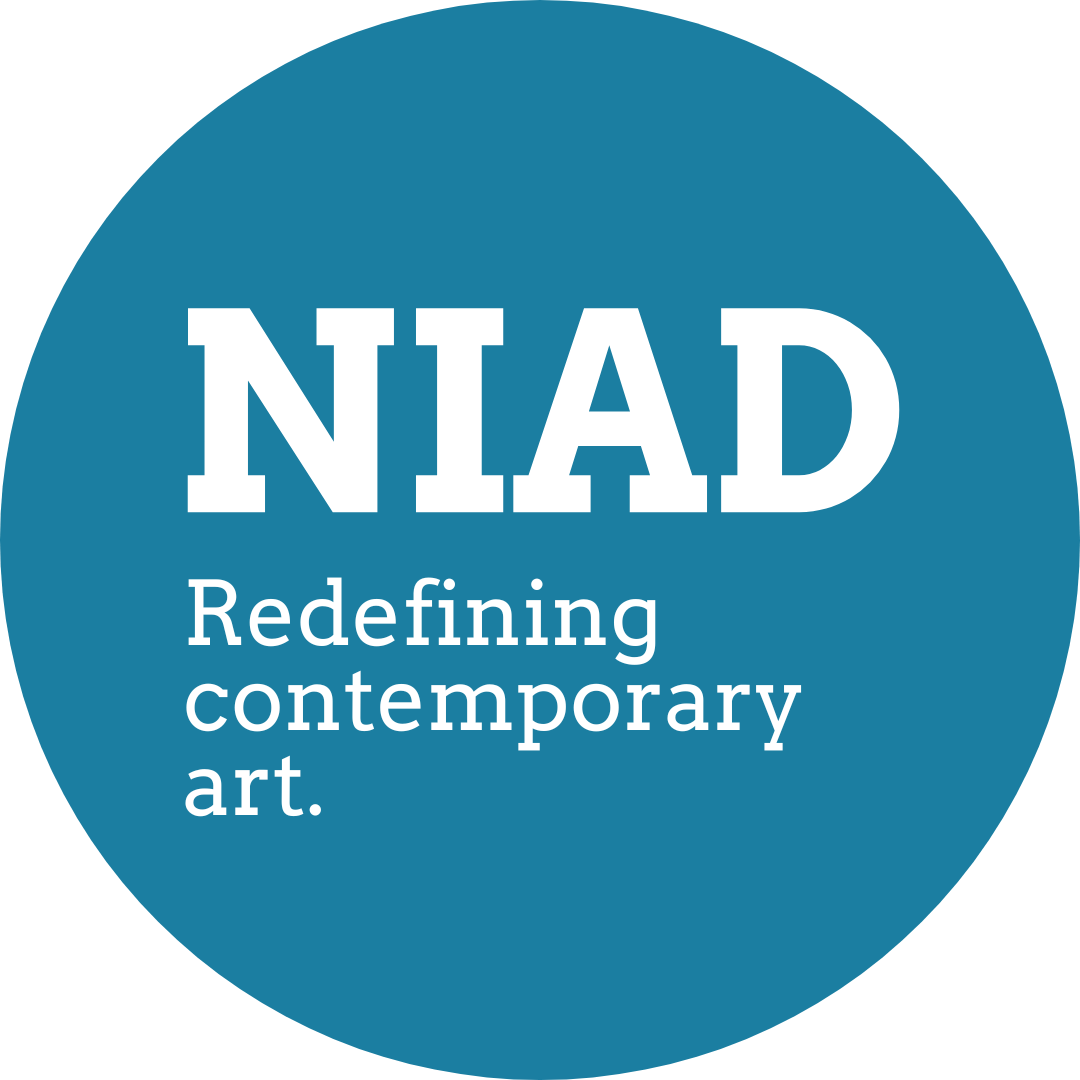About the exhibition
One of our major flaws, and causes of unhappiness, is that we find it hard to take note of what is always around us. We suffer because we lose sight of the value of what is before us and yearn, often unfairly, for the imagined attraction elsewhere. ~Alain de Botton in Art As Therapy
Wherever we are in the world, we can all, at any given time, have a sense of place. A place can mean many things manifested into many forms, such as an abstract or figurative landscape, a collection of fiber threads, the sound of music, or a mapped environment. It could be the place we grew up; a place visited by us long ago; a feeling of longing for a place we have never been to, or the nostalgia of the way disrupted places once felt to us.
The title of this selection of works plays on the idea of reimagining, or redescribing, place as physical and emotional. The extension of displacement, or disarticulating, of a place, rests in the idea that we may not feel at home in our current spaces. However, by taking our minds back to experienced places, we feel comfortable wherever we may be.
Many artists, over time, have used this practice to memorialize place. Vija Celmins employs meticulous and meditative graphite redescriptions of visited places. Monet engaged repetition in redescribing waterlilies from his garden at Giverny. And van Gogh merged together landscapes he dreamt of while living so distant from his beloved brother Theo.
Through this selection of art, I have brought together works from NIAD’s artists that speak of place and that spark storytelling. The imagination and skill that goes into creating these works remind us that while we may wish we could be elsewhere in the world, sometimes where our feet are currently planted is the best place to be if we employ a bit of imagination and creativity.
About the selector
Michelle N. Jones is a curator and educator based in the Bay Area. Her work aims to provide barrier-free access to art spaces and artwork for everyone. Her recent thesis focuses on museums as interdisciplinary spaces of exploration and she applies these theories and concepts to her work in higher education and collection-based teaching.

















